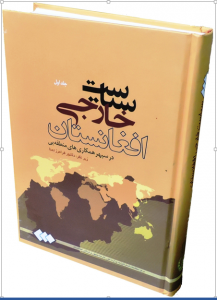
Afghanistan’s Foreign Policy (on Regional Cooperation) edited
Center for Strategic Studies, Ministry of Foreign Affairs, Kabul, 2014;
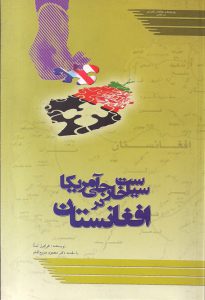
US Foreign Policy in Afghanistan
Research institute of Strategic studies Publications, Tehran, 2008;
(The Greater Middle East Initiative, Nation-State building and War against Terrorism)
Published in: research institute of Strategic studies Publications, Tehran, 2008.
Pages: 202 p.
Abstract
After September 11th, the new active role in NATION BUILDING has taken a new step in foreign policies in USA. This policy is based on the Neoconservatives thoughts. Exploring of this idea is pivotal in understanding the new role of USA in the world. The USA attacks on Terrorism (Al_Qaida & Taliban) in Afghanistan [as an eastern part of the BROADER MIDDLE EAST AND NORTH AFRICA INITIATIVE, reinforced the passive policy of USA. This event is the cause of penetration of USA in the Russia’s historic zone. In other side, two other giant states (china and India) are very sensitive on USA’s attendance. The prospect of these countries against terrorism and attainable opportunities to fighting fundamental Muslim groups (in Chechnya, Sin kiang & Kashmir) are crucial points to coordinate USA.
The BMENAI That Propounded to changing the states structures in the Middle East implemented in Afghanistan: improving democracy, creating the knowledge oriented society and supporting the private sector to expanding the economic opportunities, could uproot the roots of terrorism in this region.
At first the USA should put all her leverages in establishing a centralized powerful government, but the remainants of illegal armed groups -after the long period of interior war- are big obstacle to fulfill the nation building process. Disarmament of these groups and other MUJAHIDIN is accomplished in two phases for gaining security and peace in Afghanistan:
- Disarmament, Demobilization and Reintegration (DDR)
- Disarmament of Illegal Armed Groups (DIAG)
Other important program is Nation Building and reconstruction of political, economical and social infrastructures and rebuilding ruined sectors after Taliban. These priorities are being considered by all conference held about Afghanistan.
All these acts for Fighting Terrorism and Supporting of State, Market economy, Democracy, Human rights, Women role and Expanding of western culture, can explained by inter-paradigmic view between new realism and new liberalism as a Realistic new liberalism Theory.
Table of contents
- Introduction (p.p. 15- 18)
- Methodology of research (p.p. 19- 24)
Section I – US Foreign Policy, Great Middle East and Terrorism
- Chapter 1: Neoconservatives and the US new foreign policy after 11 September (p.p. 27- 57)
- Chapter 2: The roots of Taliban’s appearance and the expanding of Terrorism in Afghanistan (focused on South Asia security system). (p.p. 58- 82)
- Chapter 3: The compatible bases of Great Middle East Initiative in Afghanistan (p.p. 83- 96)
Section II – USA in Afghanistan
- Chapter 4: The history of Afghan-US relations (p.p. 99- 110)
- Chapter 5: USA and the regional powers around Afghanistan (India, Iran, China and Russia) (p.p. 111- 128)
- Chapter 6: Atlantic cooperation: US, NATO and the security-stability building in Afghanistan (p.p. 129- 155)
- Chapter 7: USA and the Nation-State building in Afghanistan (p.p. 157- 186)
- Chapter 8: Final Conclusion (p.p. 187- 194)
- Bibliography: (p.p. 195- 202)
Afghanistan’s Foreign Policy (on Security and Development)
under publication.
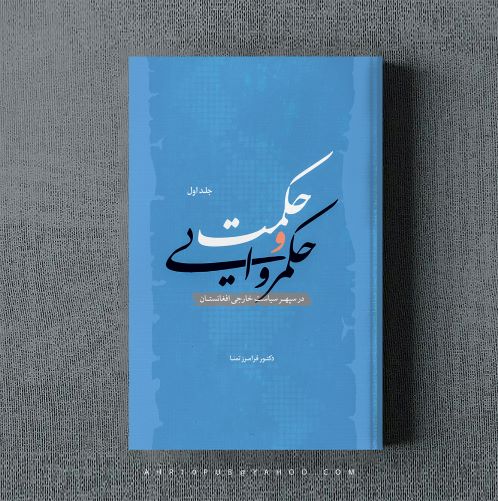 | Wisdom and Governance: (1st volume) On Afghanistan Foreign Policy |
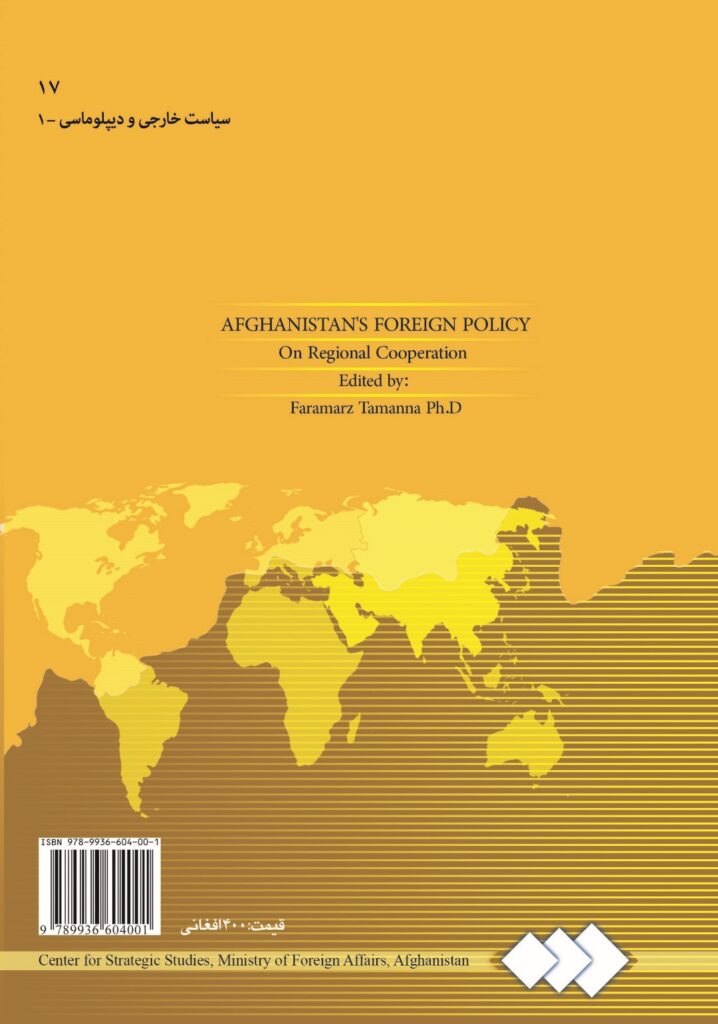
Afghanistan’s Foreign Policy On Regional Cooperation
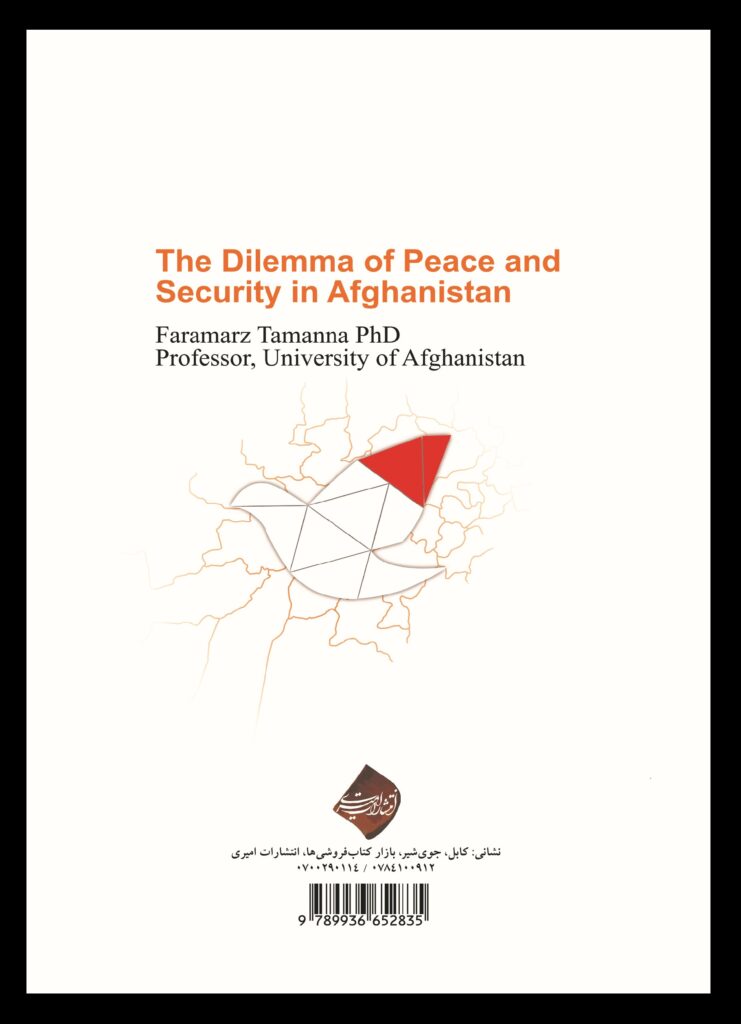
The Dilemma of Peace and Security in Afghanistan
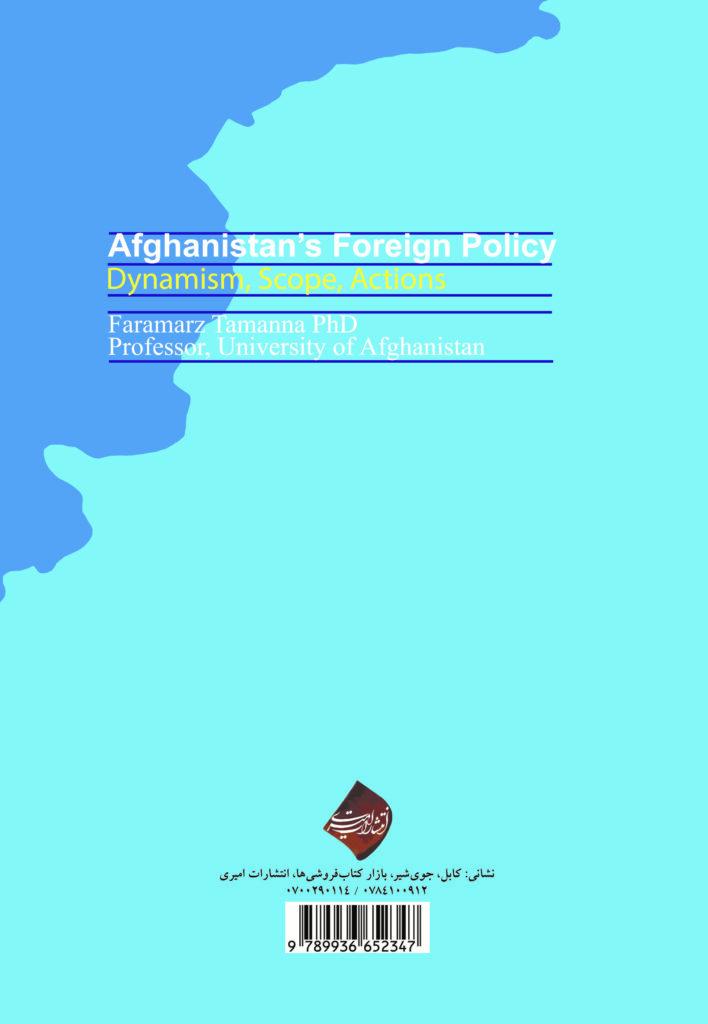
Afghanistan’s Foreign Policy – Dynamism, Scope, Action
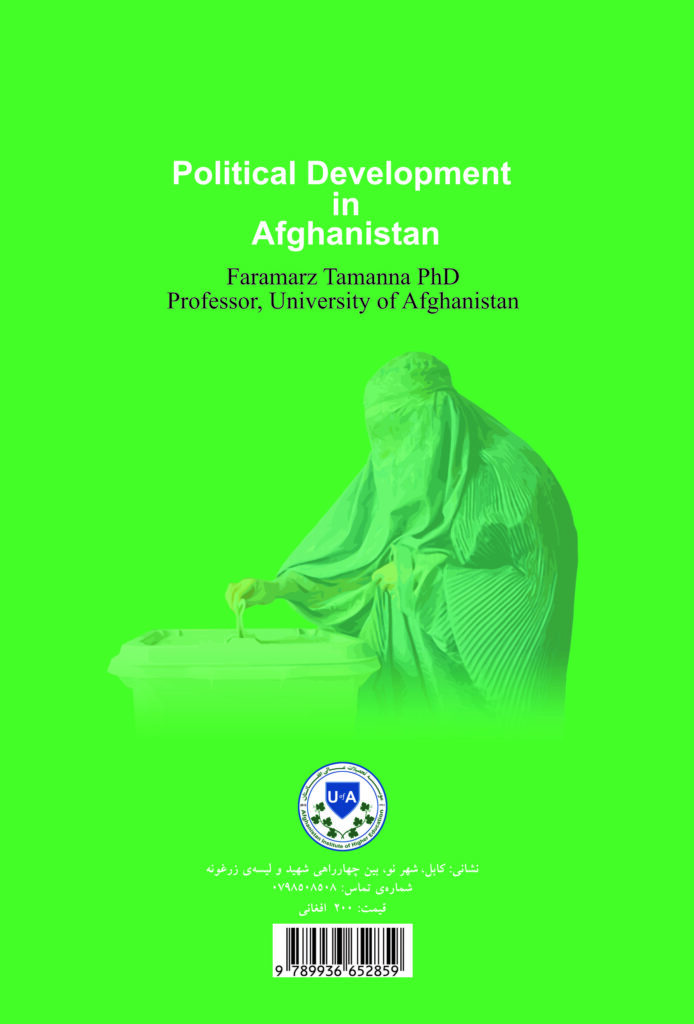
Political Development in Afghanistan